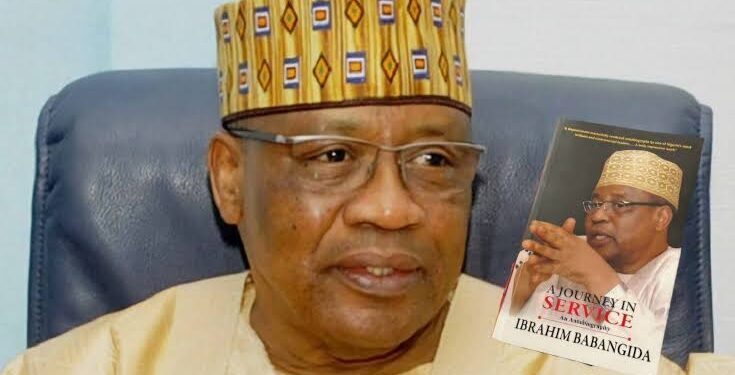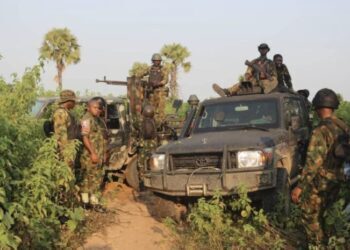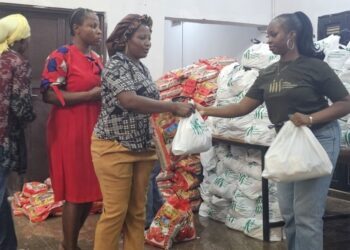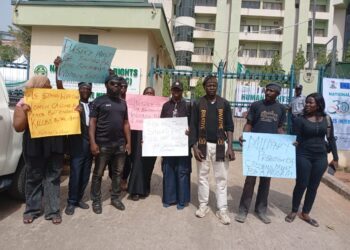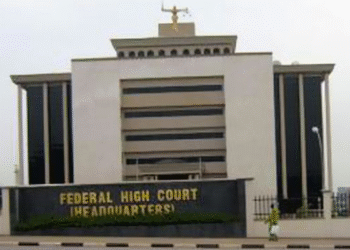…Explains Gowon’s emergence as C-in-C after Aguiyi-Ironsi,
Fajuyi’s disappearance
Former Nigerian Head of State, General Ibrahim Badamosi Babangida (IBB), has said that Northerners first mooted the idea of secession.
According to IBB, after the disappearance of Aguiyi-Ironsi and Adekunle Fajuyi, Brigadier Babafemi Ogundipe sent Lt-Colonel Yakubu Gowon to the Ikeja cantonment to appeal to a group of headstrong northern officers led by Lt-Colonel Murtala Muhammed, along with Majors Shittu Alao, Musa Usman, and Captain Joe Garba, who were spoiling for a fight and even toying with the idea of secession.
IBB recounted the painful realities of the Nigerian Civil War and described the conflict as a test of leadership and loyalty.
He disclosed this in his newly launched memoir, “A Journey In Service,” unveiled last Thursday in Abuja.
IBB reflected on his experiences as a young military officer during one of the country’s most turbulent periods.
In the book, the former Nigerian military leader describes the emotional turmoil of fighting against former comrades who had become adversaries due to the war.
“There I was, determined to fight to keep the country united. But I also knew that across from us, on the other side, were people we had trained with, lived with, socialised with, and bonded with as comrades-in-arms but who were now our ‘enemies’. It was painful. But I knew it was a job I had to do,” he wrote.
Babangida also highlights the leadership qualities required during the war, stating that soldiers needed an officer to lead from the front.
“The soldiers wanted an officer who would tell them: ‘Follow me; let’s go.’ And they would follow. No officer who lacked courage or conviction could be effective in the situation before us, particularly as the fighting men believed they were fighting for a just cause—to keep the country united,” he said.
The book described the challenge of leading attacks and executing battlefield manoeuvres while managing troops, including ex-servicemen with outdated combat experience.
“We had a few ex-servicemen who were unable to handle sophisticated weapons. But we needed to retrain them and, in doing so, prove that we could handle the same weapons and face the enemy as much as they could,” he explained.
From pages 62-64, the book also explores the events leading up to the war, including the military coups of 1966 and the political crisis that followed.
The former Head of State recounts how the killings and unrest led to mass displacement, with around 50,000 Igbos fleeing northern Nigeria by July 1966.
The memoir provides a detailed account of the behind-the-scenes negotiations that saw Lt-Colonel Yakubu Gowon emerge as Nigeria’s Head of State in August 1966, following intense discussions involving top civil servants and foreign diplomats.
He explained that the build-up to that painful situation began earlier. After the Head of State, General Aguiyi-Ironsi, and Lt-Colonel Adekunle Fajuyi were abducted by rampaging soldiers in the early hours of 29 July 1966 in Ibadan and taken away, the country was left without a government for three days.
“Between 29 and 31 July, when their whereabouts remained unknown, an atmosphere of uncertainty enveloped the country.
“Brigadier Babafemi Ogundipe, then the most senior military officer after Aguiyi-Ironsi and considered in some quarters as the ‘natural’ successor to him, broadcasted on the afternoon of 29 July 1966, calling for public cooperation in the government’s efforts to restore law and order.
“In an attempt to further restore calm, Brigadier Ogundipe sent Lt-Colonel Yakubu Gowon to the Ikeja cantonment to appeal to a group of headstrong northern officers led by Lt-Colonel Murtala Muhammed, along with Majors Shittu Alao, Musa Usman, and Captain Joe Garba, who were spoiling for a fight and even toying with the idea of secession. However, those efforts did not yield results.”


